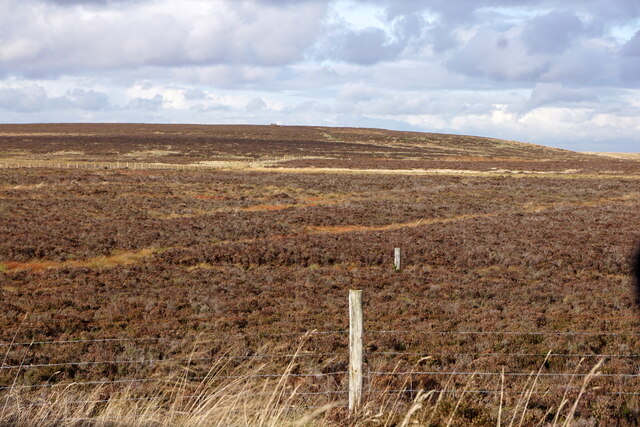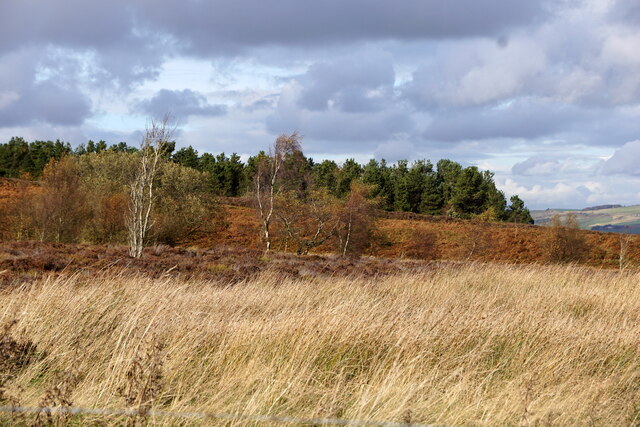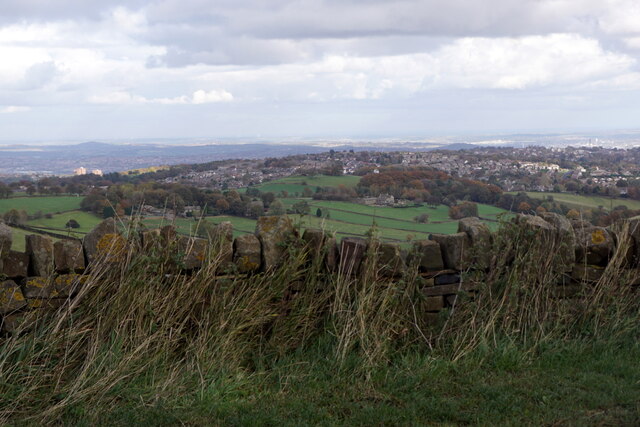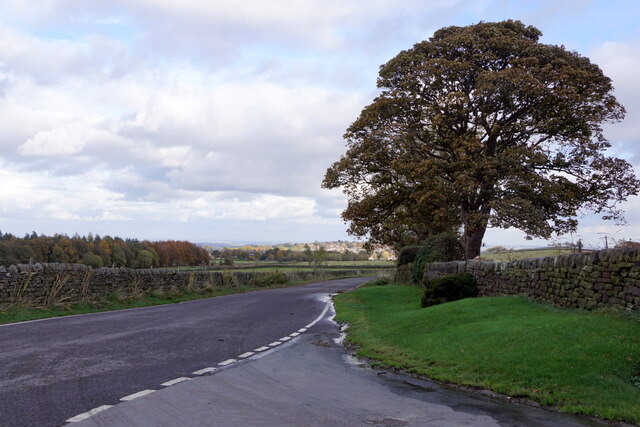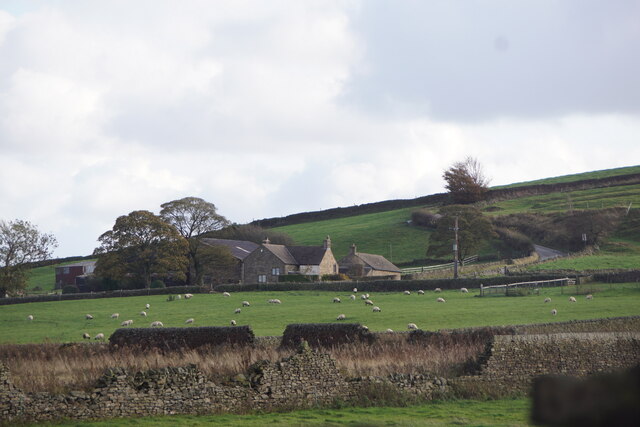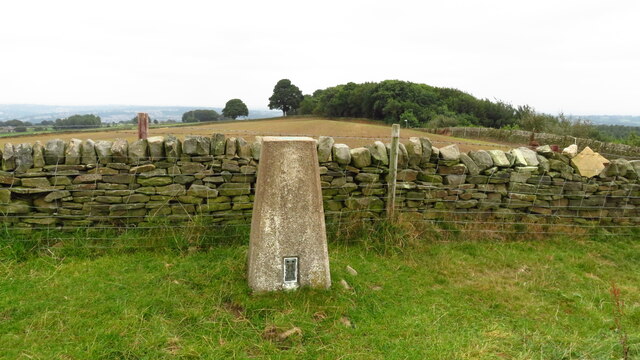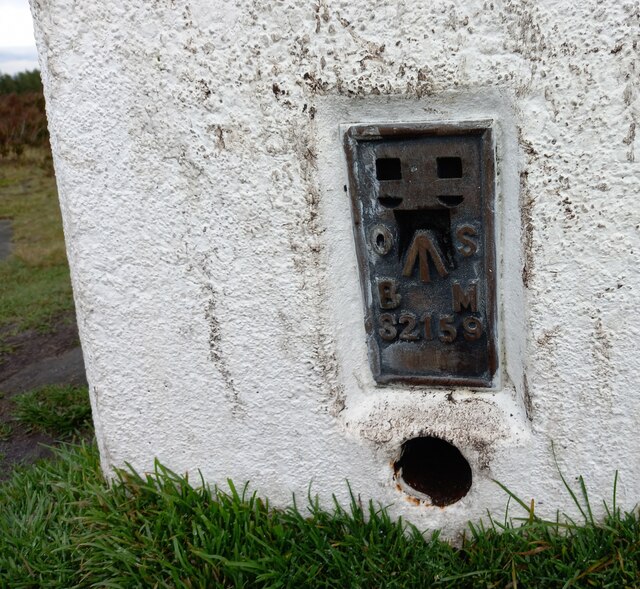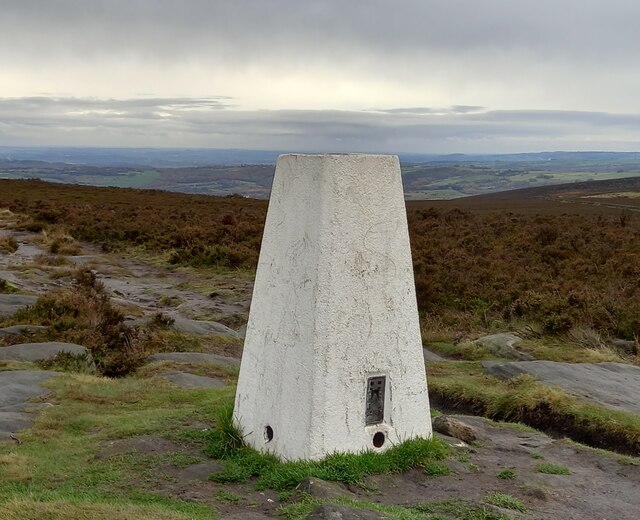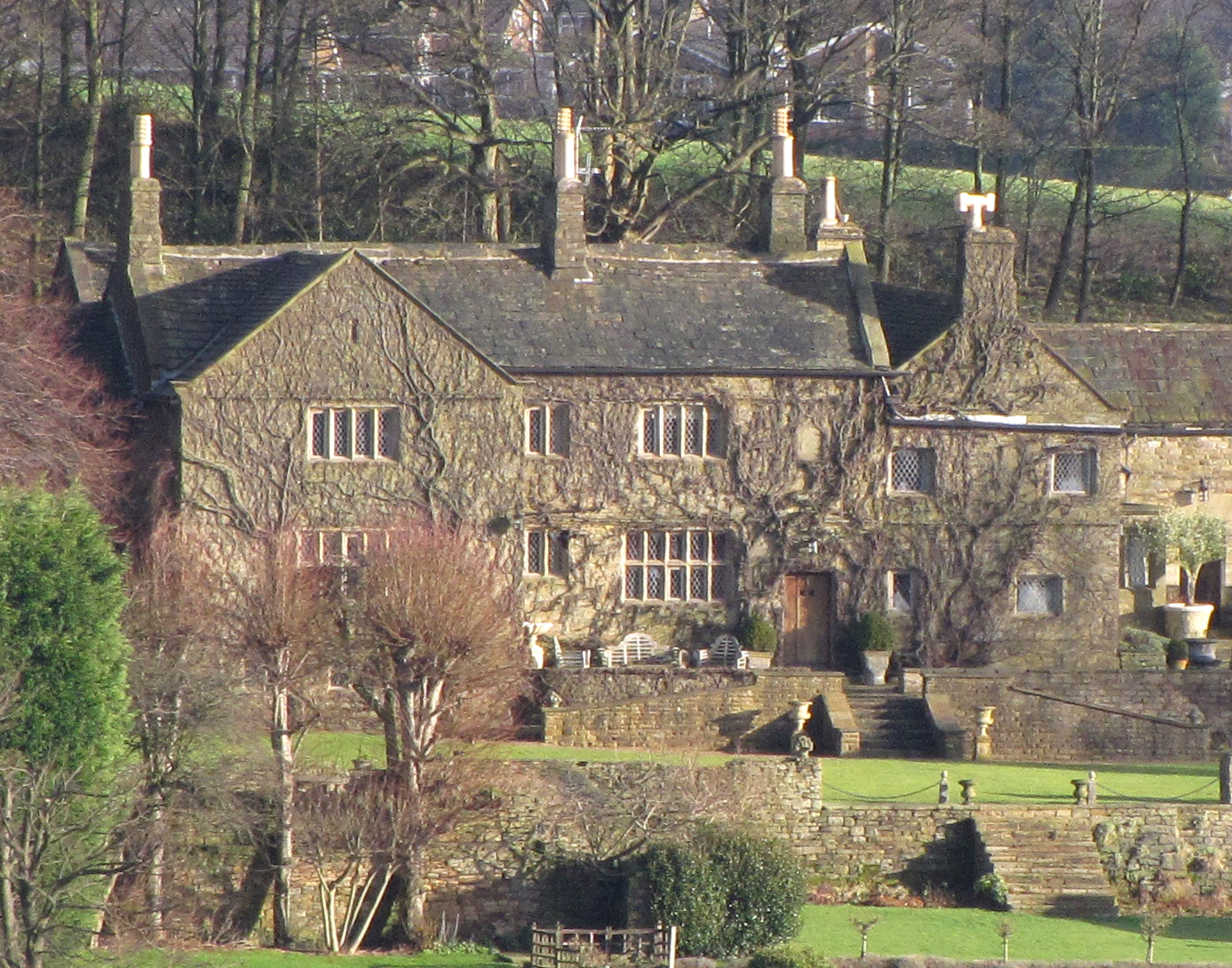Quicksaw Plantation
Wood, Forest in Yorkshire
England
Quicksaw Plantation
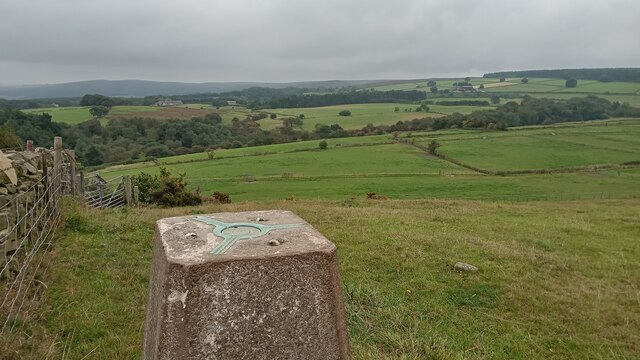
Quicksaw Plantation is a picturesque woodland located in the heart of Yorkshire, England. Covering an expansive area of lush greenery, it is a part of the wider Quicksaw Forest, which is renowned for its biodiversity and natural beauty. The plantation is situated on the outskirts of a quaint village, surrounded by rolling hills and meandering streams that enhance its idyllic charm.
The woodland itself is predominantly composed of various species of native trees, including oak, birch, and pine, which create a dense canopy providing shade and shelter for an abundance of wildlife. The plantation is meticulously managed by a team of dedicated foresters, ensuring the preservation of its natural habitat and the sustainability of its ecosystem.
Quicksaw Plantation offers a haven for nature enthusiasts, hikers, and photographers who can explore the numerous well-marked trails that wind through its enchanting landscape. Along these paths, visitors can discover a diverse array of flora and fauna, from vibrant wildflowers to rare species of birds and mammals.
The plantation also holds historical significance, with remnants of ancient farming practices and evidence of charcoal production dating back centuries. This rich heritage adds an intriguing dimension to the experience of exploring the woodland, offering visitors a glimpse into the area's past.
Whether one seeks solace in nature, an opportunity to observe wildlife, or simply desires a peaceful retreat from the bustle of everyday life, Quicksaw Plantation is a destination that promises an unforgettable and rejuvenating experience.
If you have any feedback on the listing, please let us know in the comments section below.
Quicksaw Plantation Images
Images are sourced within 2km of 53.351367/-1.5677735 or Grid Reference SK2883. Thanks to Geograph Open Source API. All images are credited.

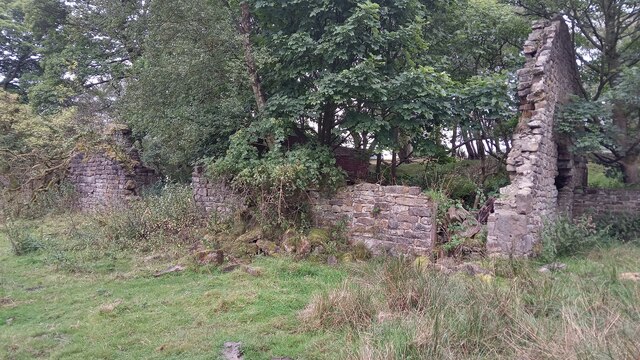
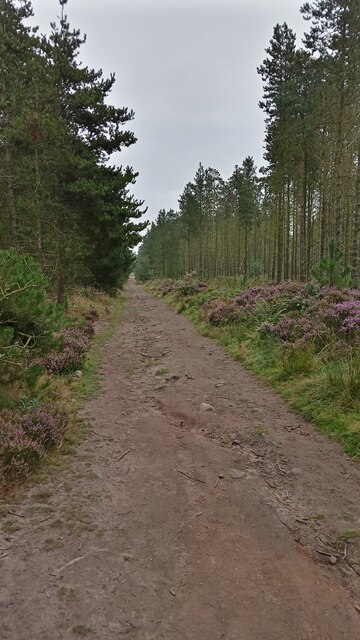
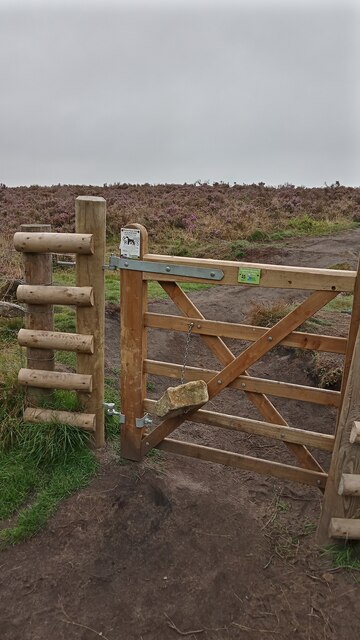
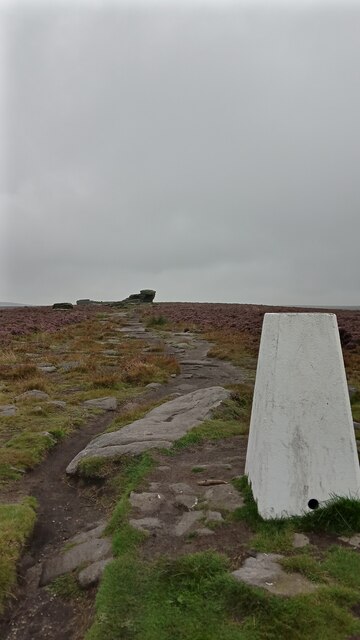
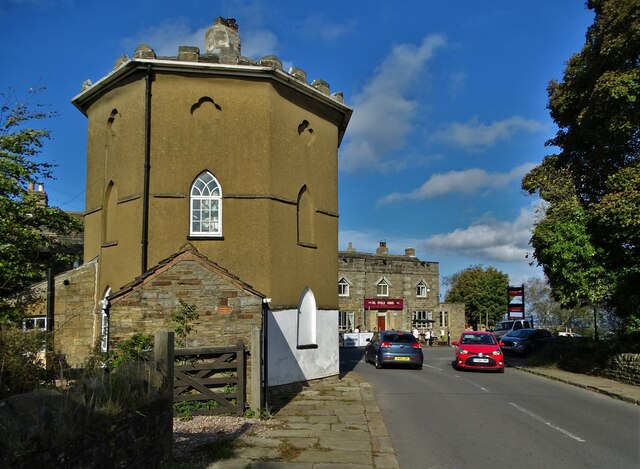
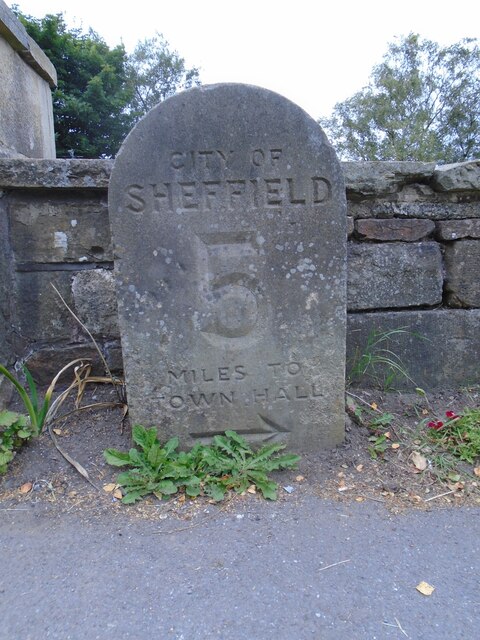
Quicksaw Plantation is located at Grid Ref: SK2883 (Lat: 53.351367, Lng: -1.5677735)
Division: West Riding
Unitary Authority: Sheffield
Police Authority: South Yorkshire
What 3 Words
///candle.invest.tonic. Near Hathersage, Derbyshire
Nearby Locations
Related Wikis
Limb Brook
The Limb Brook is a stream in Sheffield, South Yorkshire, England. It rises at the village of Ringinglow, flowing east through Whirlow and Ecclesall Woods...
Ringinglow
Ringinglow is a village in the western section of Sheffield, England. It is on the western border of Ecclesall Ward, and although it is within the boundary...
Porter Brook
The Porter Brook is a river which flows through the City of Sheffield, England, descending over 1,000 feet (300 m) from its source on Burbage Moor to the...
Fulwood Hall
Fulwood Hall, (archaic: Fullwood Hall) is an English country house situated on Harrison Lane in the suburb of Fulwood in Sheffield, England. It is a Grade...
Nearby Amenities
Located within 500m of 53.351367,-1.5677735Have you been to Quicksaw Plantation?
Leave your review of Quicksaw Plantation below (or comments, questions and feedback).
